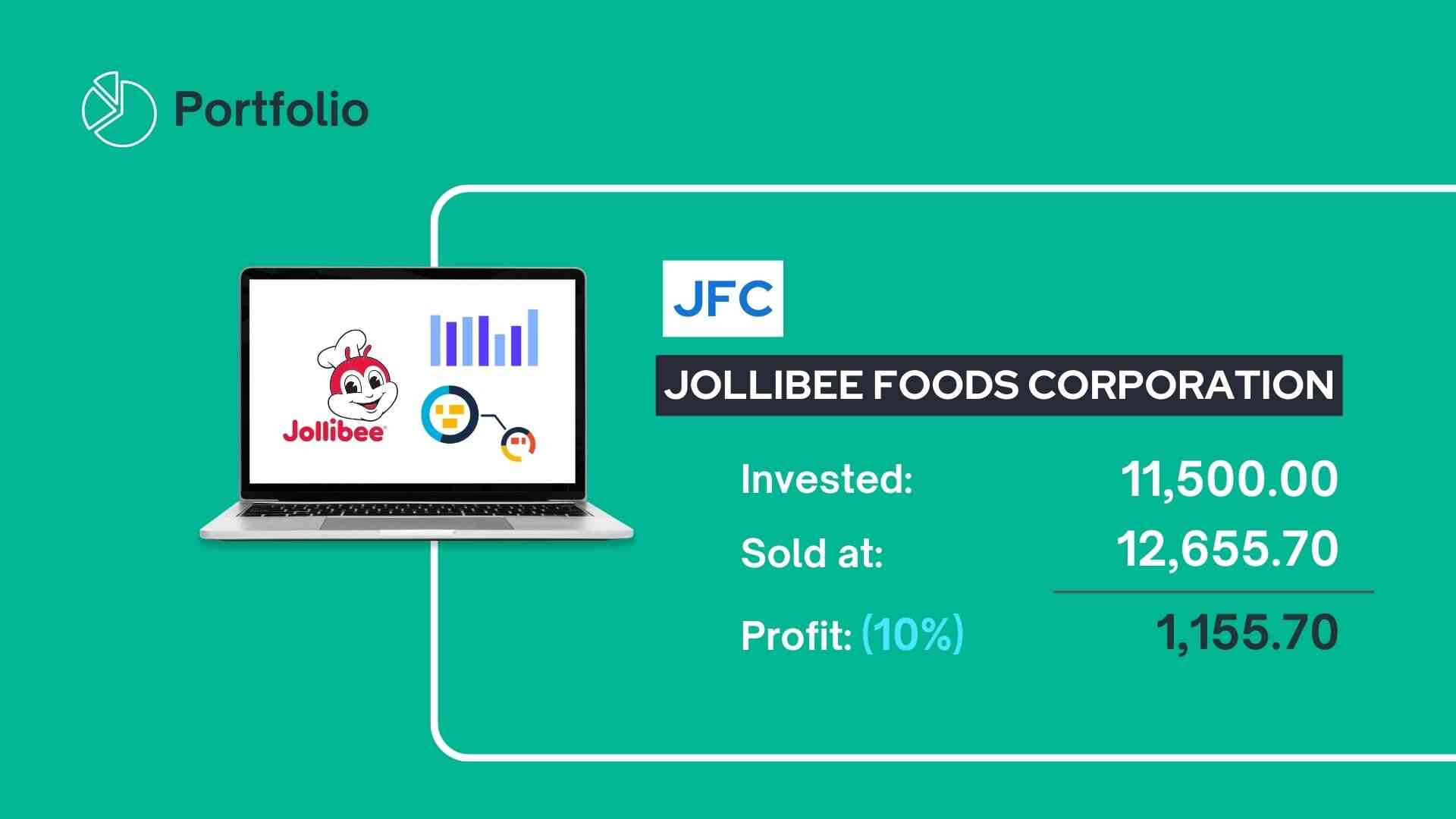One of the most challenging parts of investing in the stock market is when you are a beginner because many people just buy shares of stocks without a strategy or a plan. The result, they lose some money.
We don’t want that to happen to you, so we are sharing here five effective strategies for newbies in the stock market in the Philippines.
We are now in the second part of the series on Stock Market Guides for Beginners. After learning the things you should have before investing in the stock market, it is time to identify the different strategies for beginners.
Watch the video version of this article:
5 Effective Strategies for Beginners in the Stock Market in the Philippines
1. Peso-Cost Averaging Method
Peso-cost averaging is a method of investing in which we invest a fixed amount of cash to buy shares of stock from a company over a regular period. An example is when an investor sets aside P5,000 to buy shares of stock from a company every month.
In this example, I buy 5,000 worth of Metrobank stocks every month. In the long run, it’s profitable regardless of the stock’s price because I accumulate more shares at a good average price. (Past performance doesn’t guarantee future results.)

Benefits of Peso-Cost Averaging:
- Simple and easy to apply
- It minimizes risk in times of volatility
- Time tested strategy
- Learning experience
Tips on How to Do Peso-Cost Averaging Method:
PCA is one of the most effective methods in investing because it is a time-tested proven strategy. The best tip we can share with you applying this strategy is buying high-quality stocks or those companies with strong fundamentals, well-established, and future-proof companies.
Another tip with peso-cost averaging method is investing for long term. This strategy works best if you do it continuously for long term. You invest in excellent companies consistently, for a long time, regardless of the market status or regardless of the price of the stock.
2. Buy and Hold Technique
The Buy-and-Hold technique involves buying shares of stocks and holding them for a long period of time or until you reach your target profit or target price (TP). An example is when an investor buys shares of stock from a company and keeps the position until it makes a desired profit.
In this example, I bought 50 shares of Jollibee at the price of 230 per share. My total investment is 11,500 pesos.

I want to gain 10%, so I’m gonna make a SELL GTC (good till canceled) order and set the price at 255.4 per share.
This means that I’ll hold my shares until I make 10% of my original investment.
Benefits of Buy and Hold technique:
- Easy and simple
- Non-technical
- Lock in profit
- Trading skills
Tips on How to Do Buy and Hold Technique
For successful trading using the buy-and-hold technique, there are four factors to consider: the stock, the entry point, the exit point, and patience. That being said, you must choose the best company to invest in.
You must also take the opportunity to enter your trade position during dips, corrections, market crashes, or when the stock price is fair or undervalued. Then, make sure you exit or close your trade on your target price with a corresponding profit. Be patient, and do not let your emotions get the best of you.
3. Investing in a Stock Market Index
A stock market index is a basket of large cap companies that measures the performance of a stock market. Examples of stock market indexes are S&P 500, Nasdaq 100, Dow Jones, Ger 30, UK 100, and many more.
In this example, I’m investing in the Philippine Stock Index Fund, which aims to track the performance of the Philippine Stock Exchange Composite Index (PSEI).
Benefits of Investing in Stock Market Index:
- Growth potential
- Excellent stocks components
- Diversification
- Less risky
Tips on How to Invest in Stock Market Index
A stock market index usually comprises superior blue-chip companies in a given country or a specific stock exchange.
If you invest in a stock market index, you already invest your money in numerous companies. For instance, if you invest in an S&P 500 fund like the BPI US Equity Index Feeder Fund, your fund already has exposure in 500 prominent companies.
Newbies can take advantage of that powerful opportunity and invest using a non-leveraged position to avoid huge risks. Investing in stock indexes for long term is also beneficial because historical records show they grow in value.
4. Diversification
Diversification is one of the best investing strategies. It involves allocating investments across various assets to minimize risk. Instead of putting all your money into one stock, you invest in different stocks, bonds, or other assets.
Benefits of Diversification:
- Reduces risk
- Balances your portfolio
- Increases the potential for returns
- Protects against market volatility
Tips on How to Diversify Investments
Invest in a mix of asset types, such as stocks, bonds, and ETFs. This way, risk will not be concentrated on one asset alone. You won’t incur much loss if you have other investments in your basket.
Review and adjust your portfolio regularly to maintain diversification.
Read our complete ETF guide here: How to Invest in ETF (Complete Guide)
5. Understanding your Risk Tolerance
Risk tolerance or risk appetite is the ability and willingness to endure losses in investing. Understanding your risk tolerance helps you choose investments that align with your financial goals and comfort level.
Benefits of Knowing Your Risk Tolerance:
- Helps in making informed investment decisions
- Aligns investments with your financial goals
- Reduces stress and emotional reactions to market fluctuations
- Enhances long-term investment success
Tips on How to Know Your Risk Tolerance
Assess your financial status and investment goals. If you are a conservative investor and too scared to lose money, start by investing in money market funds or bonds. Otherwise, invest in an equity fund or stocks if you can tolerate the high risk of losing money.
Remember, though, that the higher the risk, the higher the income potential. High-risk assets like stocks and equity funds, are suitable for longer holding periods.
Proceed to the NEXT TUTORIAL:
“How to Buy Shares of Stock in the Philippines (Beginner’s Guide)“



